Zyanya Cazares, a sixth grade teacher who is starting a new assignment this fall teaching in a bilingual education program in Los Angeles, grew up speaking Spanish. But she was recently reminded that the casual, conversational Spanish she spoke at home is not the same as the formal form of the language she’s now being asked to teach.
“As a Chicana, it’s very easy to say, ‘oh I know how to say that word in Spanish, you just add an “o” at the end,’” Cazares said. “But that’s not academic Spanish, and we’re in an academic setting – so I definitely have to prepare to learn the real word of how to say it academically.”
Cazares was one of a dozen current and aspiring bilingual education teachers who gathered at Cal State Dominguez Hills to learn about the latest teaching methods and also, for many teachers like Cazares, to fill in gaps in their language skills.
